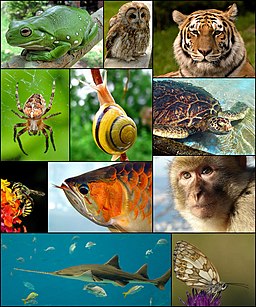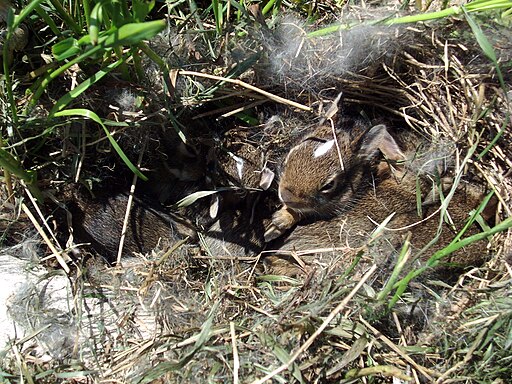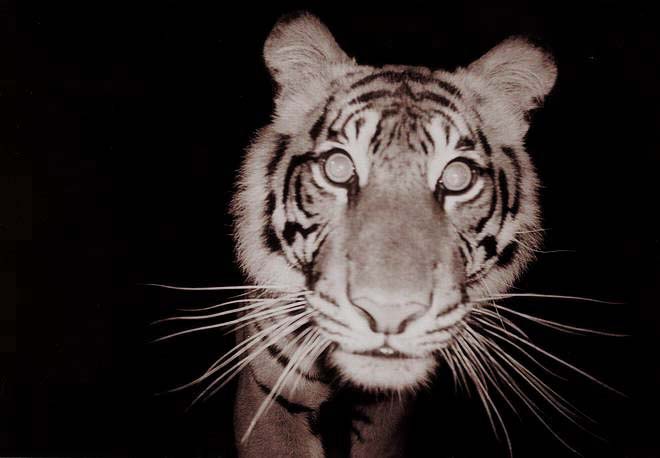We all know that life is everywhere on this planet - from our own backyards to the tropical rainforests, and from the deserts to the north and south poles. Just go for a short hike through your local state or city park and you might encounter hundreds of species (mostly bugs, of course). Considering how many animals we already know about, it might seem hard to imagine that there are probably millions of critters out there yet to be discovered.
Currently, scientists have identified approximately
1.37 million species in the animal kingdom. 1.1 million of these are insects and arachnids. Over 200,000 are mollusks, crustaceans, corals, worms and other invertebrates. Only 62,305 are vertebrates, half of which are fish. There are roughly 15,500 species of reptiles and amphibians, almost 10,000 species of birds, and a piddly
5,488 mammals.
However, we know there are more. Just last year, researchers from the California Academy of Sciences went on a 42-day expedition to Luzon Island in the Philippines and
discovered hundreds of new species, including several sea slugs, fishes, insects, spiders, corals and four new sharks. One of the new sharks is even "inflatable" - it can puff itself up to scare off predators.
Scientists believe there are millions of other unknown species out there. There are so many habitats that are difficult for us humans to access, such as the deep sea and deep underground, where untold numbers of creatures might live. And of course, we can't forget the tiny organisms that are tough to find simply due to their size. Trying to figure out an estimate of the total number of animal species on the planet is almost as challenging as trying to estimate the total number of stars in the universe. Current guesses range between
3 and 30 million. In other words... we will probably never know all the critters who share this planet with us!
I hope everybody had a great Earth Day!





















